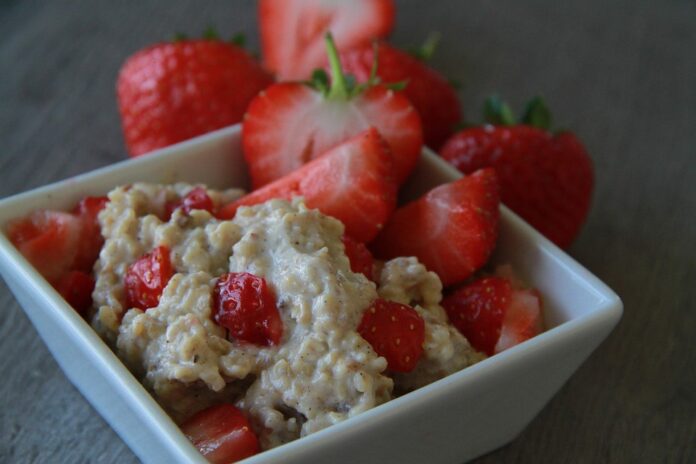The Top Grains Used in Porridge Production and Global Supply Trends
Introduction
Porridge is a popular breakfast dish enjoyed by people around the world for its nutritious and filling qualities. One of the key components of porridge is grains, which provide the bulk of the dish’s substance. In this report, we will explore the top grains used in porridge production and examine global supply trends.
Oats
Oats are one of the most commonly used grains in porridge production. They are high in fiber and protein, making them a popular choice for a healthy breakfast. Oats are also versatile and can be cooked in various ways to create different textures in porridge. According to data from the International Oat Council, global oat production reached 25.6 million metric tons in 2020, with major producers including Russia, Canada, and the United States.
Wheat
Wheat is another popular grain used in porridge production, particularly in countries where wheat is a staple food. Wheat porridge is known for its hearty and comforting qualities. Global wheat production totaled 763 million metric tons in 2020, with China, India, and Russia being the top producers. Wheat is a versatile grain that can be used in various forms, such as whole wheat berries or wheat flakes, to create different textures in porridge.
Rice
Rice is a staple food for many people around the world and is also commonly used in porridge production. Rice porridge, also known as congee, is a popular breakfast dish in Asian countries. Global rice production reached 496 million metric tons in 2020, with China, India, and Indonesia being the top producers. Rice porridge can be made with different varieties of rice, such as jasmine rice or basmati rice, each offering a unique flavor and texture.
Corn
Corn, also known as maize, is a versatile grain that is used in a variety of dishes, including porridge. Corn porridge is popular in many African countries, where corn is a staple crop. Global corn production totaled 1.1 billion metric tons in 2020, with the United States, China, and Brazil being the top producers. Corn porridge can be made with fresh corn kernels or cornmeal, offering a sweet and hearty flavor.
Barley
Barley is a nutritious grain that is often used in porridge production for its nutty flavor and chewy texture. Barley porridge is a common breakfast dish in some European countries. Global barley production reached 156 million metric tons in 2020, with top producers including Russia, Germany, and France. Barley porridge can be made with whole barley grains or barley flakes, providing a hearty and satisfying meal.
Global Supply Trends
Overall, the global supply of grains used in porridge production has remained steady in recent years, with fluctuations in production due to weather conditions and market demand. As consumers increasingly seek out healthy and nutritious breakfast options, the demand for grains used in porridge production is expected to continue to grow. Producers and manufacturers in the porridge industry are investing in sustainable farming practices and innovative processing techniques to meet this growing demand.
In conclusion, grains are a key component of porridge production, providing essential nutrients and flavors to this popular breakfast dish. Oats, wheat, rice, corn, and barley are among the top grains used in porridge production, each offering unique qualities and textures. Global supply trends for these grains are influenced by various factors, including production volumes, market demand, and sustainability efforts. As the demand for healthy breakfast options continues to rise, the porridge industry is poised for growth and innovation in the coming years.




